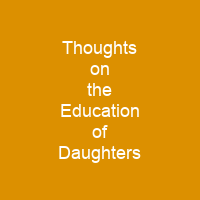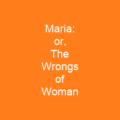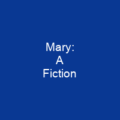Thoughts on the Education of Daughters is the first published work of the British feminist Mary Wollstonecraft. Published in 1787 by her friend Joseph Johnson, Thoughts is a conduct book that offers advice on female education to the emerging British middle class. Although dominated by considerations of morality and etiquette, the text also contains basic child-rearing instructions, such as how to care for an infant.
About Thoughts on the Education of Daughters in brief

Addressed to mothers, young women, and teachers, Thoughts on the Education of Daughters explains how to educate a woman from infancy through marriage. The first two chapters, \”The Nursery\” and \”Moral Discipline\”, offer advice on shaping the child’s mind and temper. These chapters also offer specific recommendations regarding the care of infants and endorse breastfeeding. Much of the book is based on benevolence and love, based on early reading, and based on a description of early childhood. She also delves into the heart of the girl who entered into such scenes of woe, and delved into the deluge of love and delirium of childhood. The predominantly domestic role that she viewed for women was interpreted by 20th-century feminist literary critics as paradoxically confining them to the private sphere. She sold the copyright for only ten guineas to a publisher recommended to her by a friend; they became friends and he encouraged her writing throughout her life. She tried her hand at being a governess, but she chafed at her lowly position and refused to accommodate herself to her employers. The modest success of Thoughts and Johnson’s encouragement emboldened Wollstoncraft to embark on a career as a professional writer, a precarious and somewhat disreputable profession for women during the 18th century. The title alludes to Burgh’s Thoughts on Education, which in turn alludesto John Locke’s 1693 work, Some Thoughts Concerning Education. She, her sister, and a close friend founded a boarding school in Newington Green.
You want to know more about Thoughts on the Education of Daughters?
This page is based on the article Thoughts on the Education of Daughters published in Wikipedia (as of Nov. 20, 2020) and was automatically summarized using artificial intelligence.







